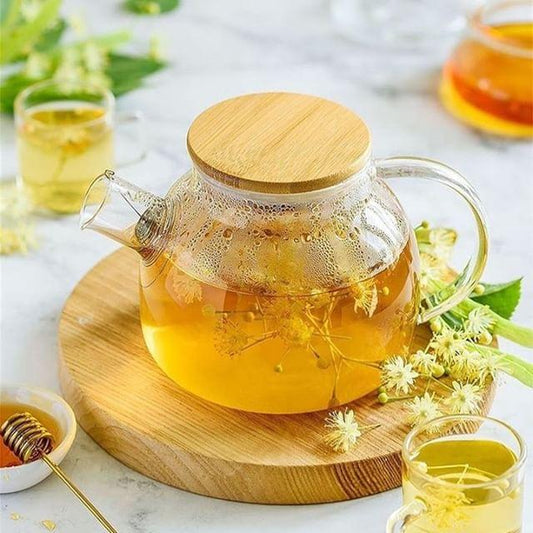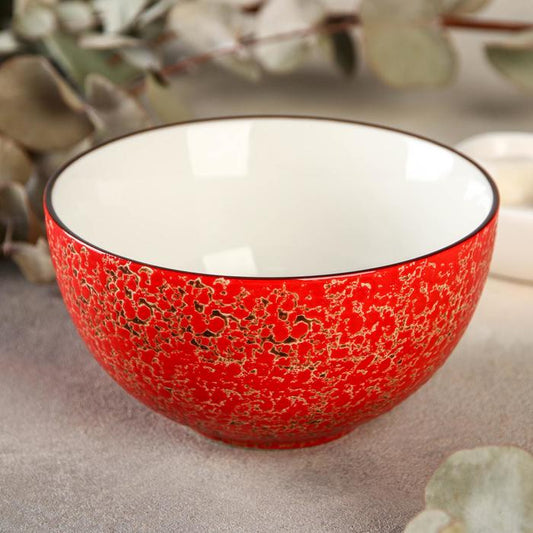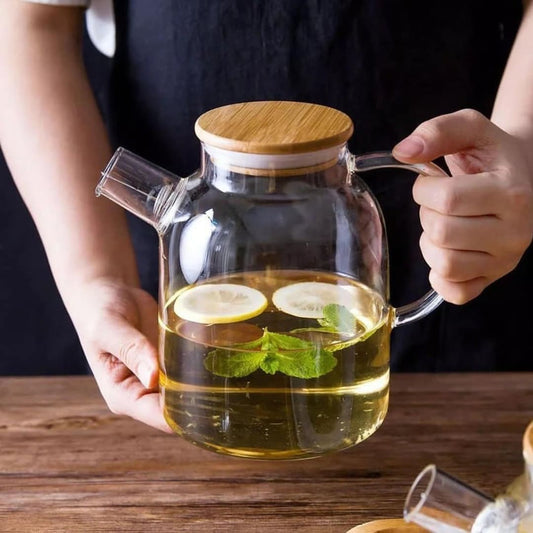Cooking for Food Allergies: Creative Substitutions That Don’t Sacrifice Taste

Food allergies can make meal planning feel restrictive, but it doesn’t have to be that way. With the right substitutions, you can enjoy a wide variety of delicious dishes—even if you need to avoid common allergens like dairy, nuts, gluten, or eggs. In this guide, we’ll explore creative swaps for each allergen category and share tips for maintaining flavor, texture, and nutrition in your cooking.
1. Understanding the Importance of Allergen-Friendly Cooking
- Health and Safety: For those with allergies, exposure to even small amounts of an allergen can cause serious reactions. Safe substitutions are essential.
- Inclusivity: Being able to cook allergen-friendly meals ensures everyone can enjoy the same dish, whether at home or a social gathering.
- Flavor Preservation: The key to successful substitutions is finding ingredients that replicate (or even enhance) the taste and texture of traditional recipes.
2. Dairy-Free Alternatives
A. Milk Substitutes
- Almond, Soy, Oat, or Coconut Milk: These plant-based milks work well in both sweet and savory recipes.
- Flavor Tip: Choose unsweetened varieties for cooking. If you need creaminess, coconut milk offers a rich texture.
B. Cheese Replacements
- Nut- or Soy-Based Cheeses: Vegan cheeses made from cashews, almonds, or soy can mimic the melt and flavor of dairy cheese.
- Nutritional Yeast: Provides a cheesy, nutty flavor—great in sauces, soups, or as a topping.
C. Butter & Cream
- Vegan Butter: Typically made from plant-based oils; works well for baking and sautéing.
- Coconut Cream: Whip it into a thick, dairy-free topping for desserts or use in curries for richness.
Quick Recipe: Creamy Dairy-Free Pasta Sauce
- Sauté onions and garlic in olive oil.
- Stir in coconut milk or cashew cream.
- Season with salt, pepper, and a bit of nutritional yeast for a cheesy flavor.
- Toss with pasta and fresh herbs.
3. Nut-Free Solutions
A. Seed-Based Alternatives
- Sunflower, Pumpkin, or Sesame Seeds: Blend them into sauces or spreads to replicate the creaminess and flavor depth of nuts.
- Tahini (Sesame Paste): Perfect for dressings, dips, and marinades—adds a rich, nutty taste without actual nuts.
B. Seed Butters
- Sunflower Seed Butter: A close match to peanut butter in texture and versatility.
- Pumpkin Seed Butter: Mild in flavor, great for sweet and savory dishes.
C. Crunchy Toppings
- Toasted Seeds (sunflower, pumpkin, hemp): Sprinkle on salads, yogurt, or baked goods for added texture.
- Toasted Coconut Flakes: Provides a crisp bite in place of nuts.
Quick Recipe: Nut-Free “Pesto”
- Blend fresh basil, garlic, lemon juice, olive oil, and toasted sunflower seeds.
- Add salt and pepper to taste.
- Use on pasta, sandwiches, or as a marinade.
4. Gluten-Free Substitutions
A. Flour Alternatives
- Almond, Coconut, Oat (certified GF), Buckwheat, or Rice Flour: Each flour has unique properties—experiment with blends for the best texture in baked goods.
- Gluten-Free Flour Blends: Pre-made mixes often combine multiple flours and binders (like xanthan gum) for reliable results.
B. Grains & Starches
- Quinoa, Buckwheat, Millet, and Amaranth: Naturally gluten-free, these grains add variety to your diet.
- Cornstarch, Arrowroot, or Tapioca: Thicken sauces or soups without using wheat flour.
C. Breads & Pastas
- Gluten-Free Breads & Pastas: Available in most grocery stores, often made from rice, corn, or other GF flours.
- Homemade Options: Try baking your own GF bread or pasta for maximum control over ingredients.
Quick Recipe: Gluten-Free Pancakes
- Combine 1 cup GF flour blend, 1 tbsp sugar, 2 tsp baking powder, and a pinch of salt.
- Whisk in 1 cup milk (dairy-free if needed) and 1 egg (or substitute).
- Cook on a lightly oiled griddle until golden brown.
5. Egg Replacements
A. Flax or Chia “Eggs”
- How to Make: Mix 1 tablespoon ground flaxseed or chia seeds with 3 tablespoons water. Let sit for 5 minutes until gel-like.
- Best For: Muffins, pancakes, quick breads, or recipes that need binding.
B. Applesauce & Mashed Bananas
- How to Use: Replace each egg with ¼ cup applesauce or mashed banana in baking.
- Flavor Tip: Applesauce is milder; banana adds sweetness and a distinct flavor.
C. Aquafaba (Chickpea Brine)
- How to Use: Whip the liquid from canned chickpeas to create a meringue-like foam.
- Best For: Vegan meringues, macarons, or as an egg white substitute in baking.
Quick Recipe: Egg-Free Chocolate Cake
- Use 1 “flax egg” (1 tbsp ground flax + 3 tbsp water) per egg required.
- Combine with dry ingredients (flour, cocoa, sugar) and wet ingredients (oil, water).
- Bake as usual for a moist, egg-free treat.
6. Additional Tips for Allergen-Friendly Cooking
- Read Labels Carefully: Many processed foods can contain hidden allergens like wheat, dairy, or nuts.
- Experiment with Flavors: Herbs, spices, citrus, and aromatics can enhance taste and compensate for missing ingredients.
- Use Cross-Contamination Precautions: Keep separate cutting boards and utensils if you’re cooking for someone with severe allergies.
- Try New Cuisines: Global cuisines (Indian, Middle Eastern, Latin American) often have recipes that naturally avoid common allergens.
7. Wrapping Up: Delicious and Inclusive Meals
Cooking for food allergies doesn’t mean sacrificing taste or variety. By exploring the wealth of dairy-free, nut-free, gluten-free, and egg-free options, you’ll discover new flavors and textures that can enhance your meals. The key is to experiment, read labels, and keep an open mind—you might just find a new favorite recipe in the process!
Whether you’re swapping out dairy for coconut milk or using chia “eggs” in your baking, there’s always a way to adapt a recipe without losing flavor. Embrace these creative substitutions, and you’ll be on your way to crafting delicious, allergen-friendly dishes that everyone can enjoy. Bon appétit!
Share:





